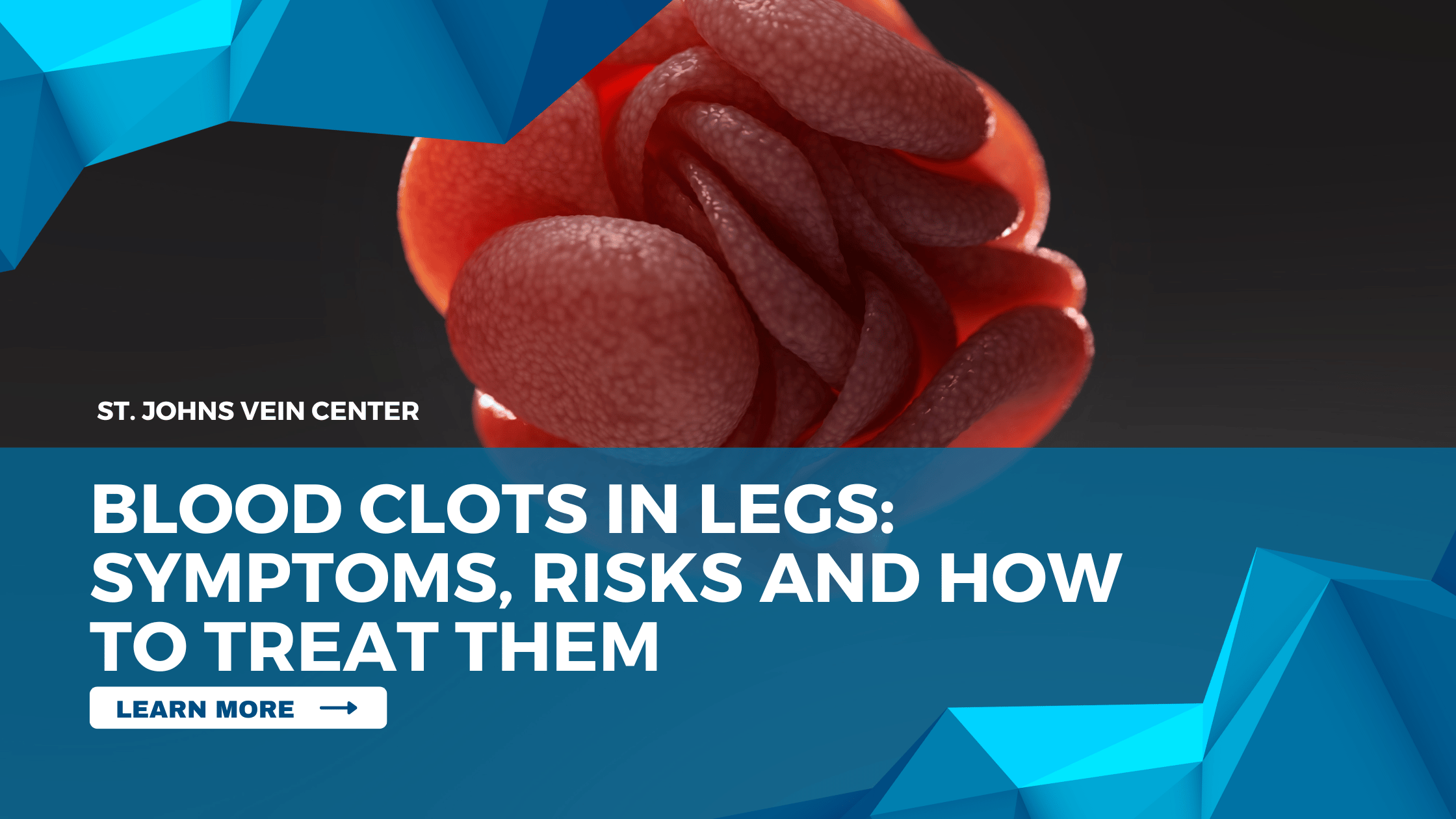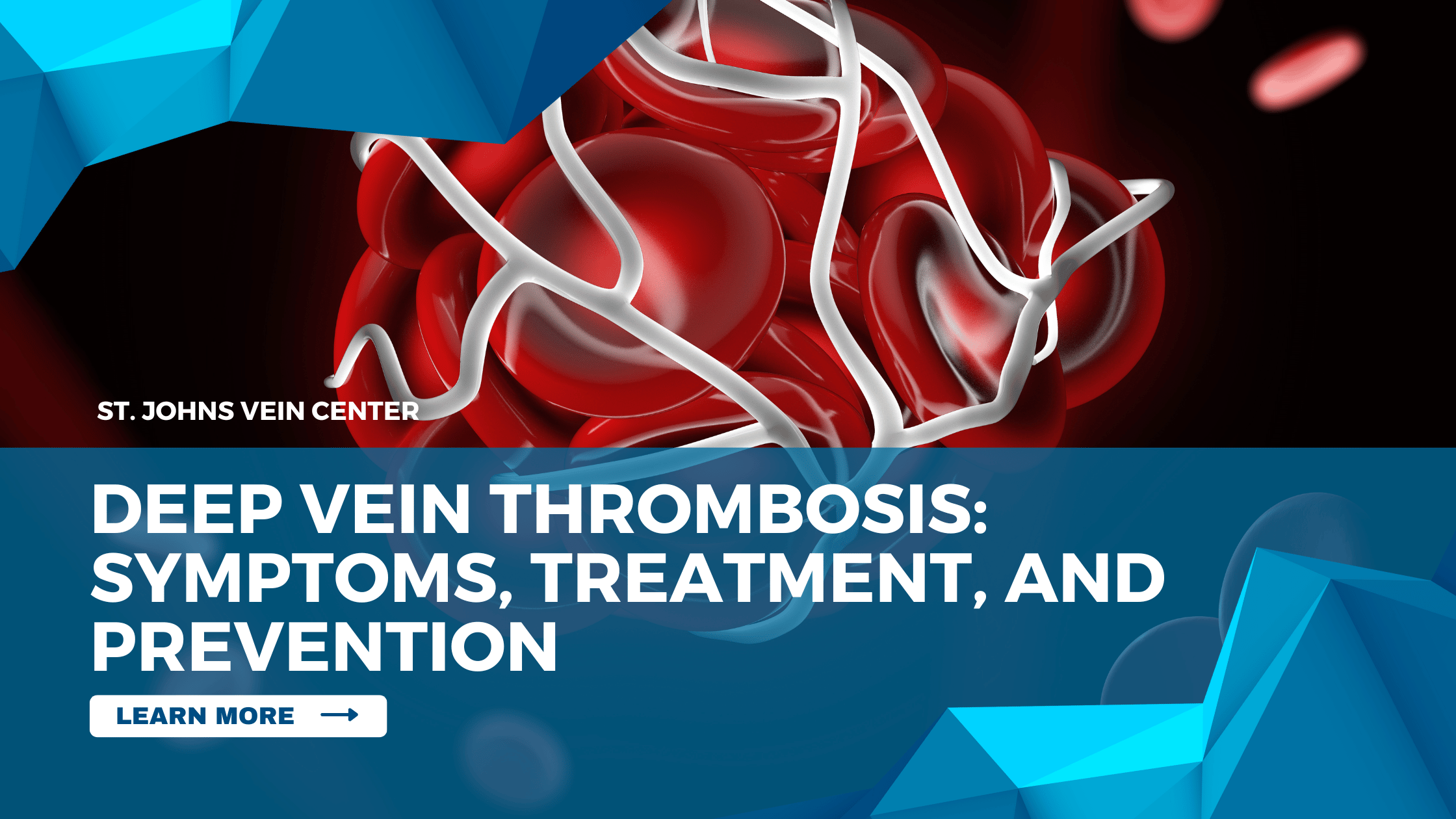Blood clots in the leg, also known as deep vein thrombosis (DVT), can be a potentially serious and life-threatening medical condition. With prompt diagnosis and treatment, however, DVT can be managed effectively. To help you recognize the signs and symptoms of blood clots in the leg, we have compiled a comprehensive overview of what they may feel like. Remember that it’s crucial to consult with your healthcare provider if you suspect you might have a blood clot.
Symptoms of Blood Clots in the Leg
- Pain and tenderness
One of the most common symptoms of a blood clot in the leg is pain, which can range from mild to severe. The pain may feel like a cramp or a Charley horse, and it can be localized or extend along the length of the affected leg. The pain may worsen when you stand, walk or flex your foot. - Swelling
Blood clots can restrict the normal flow of blood in the leg, leading to swelling. The swelling might be concentrated in one area or encompass the entire leg. It can sometimes extend to the foot and ankle as well. - Redness and warmth
Another sign of a blood clot is redness and warmth around the affected area. This is due to the inflammation caused by the clot, which can make the skin look flushed or reddish. The skin may also feel warm or hot to the touch. - Skin discoloration
Blood clots in the leg can cause skin discoloration, which might appear as a bluish or purplish hue. This is caused by reduced blood flow and oxygenation to the tissues surrounding the clot. - Enlarged veins
As blood flow is obstructed, the veins in the affected leg may become enlarged and more visible. They can appear blue or dark purple, and may feel firm or rope-like when touched.
It is important to note that some individuals with blood clots in the leg may not experience any symptoms, making it essential to consult a healthcare professional if you are at risk for DVT.
Risk Factors
Several factors can increase your risk of developing a blood clot in the leg, including:
- Prolonged immobility
- Surgery or injury
- Pregnancy
- Obesity
- Use of hormonal birth control or hormone replacement therapy
- Certain medical conditions, such as cancer, heart failure, or inflammatory bowel disease
- Family history of blood clots or clotting disorders
Conclusion
Blood clots in the leg can be potentially life-threatening, but early recognition and treatment can improve outcomes. If you experience any of the symptoms mentioned above or have risk factors for DVT, it is crucial to consult with your healthcare provider as soon as possible. Remember that prompt diagnosis and treatment can help prevent complications and ensure a smoother recovery.




